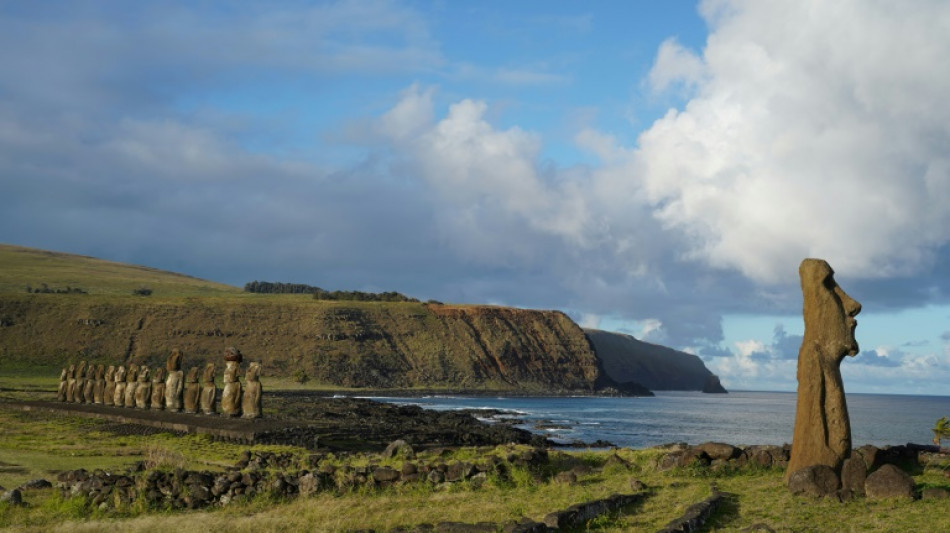
-
 Vegas closes with double bogey but still leads by two at PGA
Vegas closes with double bogey but still leads by two at PGA
-
US Fed plans to cut workforce by 10% in next 'couple of years'
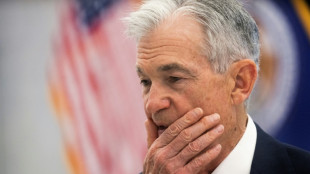
-
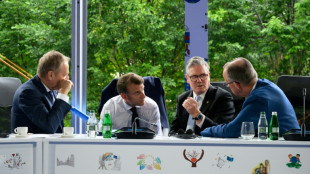 European leaders seek united front with Trump on Ukraine
European leaders seek united front with Trump on Ukraine
-
NWSL says should have stopped game after King collapse

-
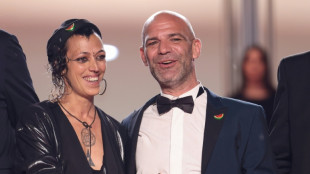 Ravers revel in Cannes spotlight with thumping 'Sirat'
Ravers revel in Cannes spotlight with thumping 'Sirat'
-
'Fortnite' unavailable on Apple devices worldwide
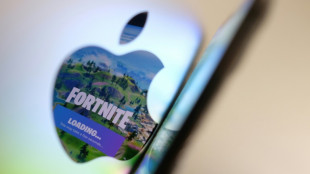
-
 Combs's ex Cassie takes witness stand for fourth day
Combs's ex Cassie takes witness stand for fourth day
-
Fraser-Pryce beaten by Jamaican starlet Tia Clayton in Doha

-
 Ayuso climbs to Giro stage seven win, Roglic takes overall lead
Ayuso climbs to Giro stage seven win, Roglic takes overall lead
-
EU tech chief urges US cooperation as key decisions near
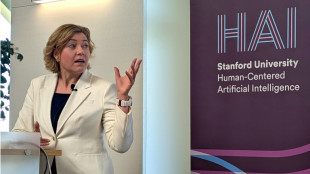
-
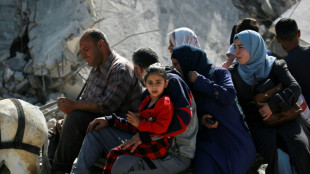 UN rights chief warns of 'ethnic cleansing' in Gaza
UN rights chief warns of 'ethnic cleansing' in Gaza
-
Piastri beats Norris again in McLaren's second 1-2 in practice at Imola

-
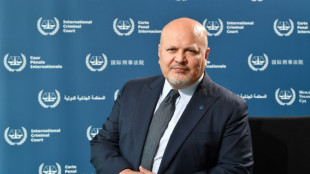 ICC prosecutor, under investigation, steps aside temporarily
ICC prosecutor, under investigation, steps aside temporarily
-
German female-led 'folk-horror' early favourite in Cannes
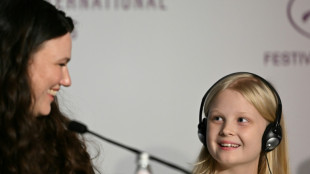
-
 Gaza rescuers say Israeli strikes kill 88 as Hamas makes a plea to lift blockade
Gaza rescuers say Israeli strikes kill 88 as Hamas makes a plea to lift blockade
-
Trump family hotel project in Serbia in doubt after forgery probe
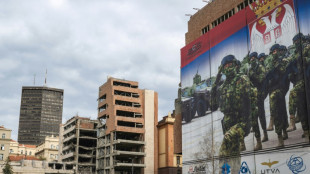
-
 Alcaraz reaches Italian Open final and potential Sinner showdown
Alcaraz reaches Italian Open final and potential Sinner showdown
-
Venezuelan Vegas makes turn with two-stroke lead at PGA
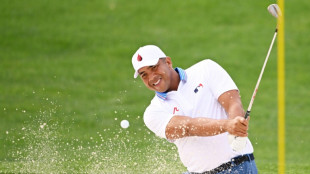
-
 Trump insults Springsteen, Swift from Air Force One
Trump insults Springsteen, Swift from Air Force One
-
Ayuso wins on Giro mountain, Roglic takes overall lead

-
 FA Cup glory would mean more to Palace than Man City: Glasner
FA Cup glory would mean more to Palace than Man City: Glasner
-
Jihadists in Nigeria turn to TikTok to spread propaganda

-
 US singer Chris Brown ordered held until June in UK assault case
US singer Chris Brown ordered held until June in UK assault case
-
Polish PM says Russian hackers behind cyberattack on party website
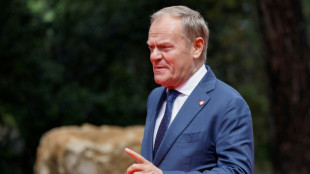
-
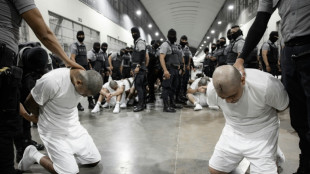 Lawyers for jailed Venezuelan migrants accuse El Salvador of 'torture'
Lawyers for jailed Venezuelan migrants accuse El Salvador of 'torture'
-
Brazil football federation appeals president's dismissal to Supreme Court

-
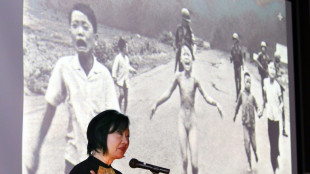 World Press Photo cast doubt on 'Napalm Girl' photographer's identity
World Press Photo cast doubt on 'Napalm Girl' photographer's identity
-
Slot's mind on next season but tight-lipped on Frimpong pursuit

-
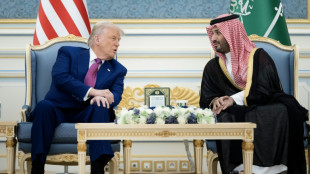 'Magnificent', 'handsome': Trump's fascination for Gulf leaders
'Magnificent', 'handsome': Trump's fascination for Gulf leaders
-
Albania's Rama gives showman's welcome to Europe's leaders
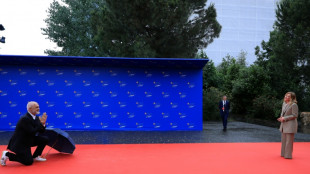
-
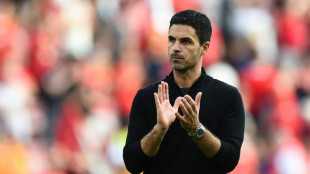 Arteta says 'no regrets' as Arsenal target second spot in Premier League
Arteta says 'no regrets' as Arsenal target second spot in Premier League
-
Goodison goodbye worth it for 'better' Everton future, says Moyes
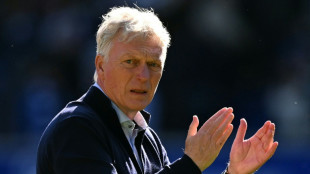
-
 Romania's pro-EU presidential candidate hit by disinformation campaign
Romania's pro-EU presidential candidate hit by disinformation campaign
-
FA Cup success 'massively important' for Man City, says Guardiola
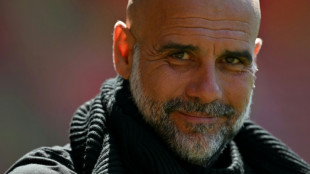
-
 Stock markets seek to hold onto gains
Stock markets seek to hold onto gains
-
Ozempic-maker Novo Nordisk says CEO to step down

-
 PM seeks election win as Portugal campaigning ends
PM seeks election win as Portugal campaigning ends
-
Dua Lipa is the youngest person on UK's under-40 rich list

-
 Japan midfielder Hatate out of Scottish Cup final
Japan midfielder Hatate out of Scottish Cup final
-
Chad's ex-prime minister arrested for 'inciting hatred'
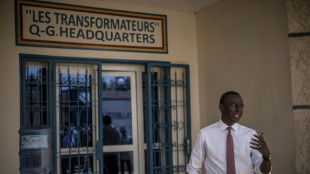
-
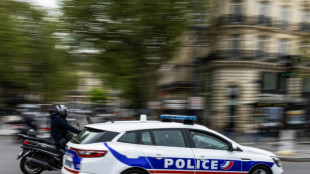 French crypto boss hails 'heroic' duo for foiling kidnap bid
French crypto boss hails 'heroic' duo for foiling kidnap bid
-
Nuno reports 'positive' outlook on Forest striker Awoniyi after surgery

-
 Piastri edges McLaren teammate Norris in opening practice at Imola
Piastri edges McLaren teammate Norris in opening practice at Imola
-
Hatton charges early as leader Vegas opens round two at PGA

-
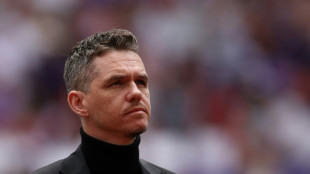 Skinner urges Man Utd to 'go through hell' in Women's FA Cup final
Skinner urges Man Utd to 'go through hell' in Women's FA Cup final
-
US singer Brown ordered held until June in UK assault case

-
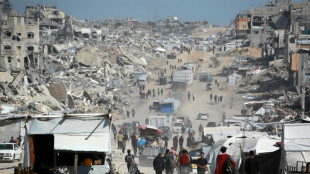 Council of Europe denounces 'deliberate starvation' in Gaza
Council of Europe denounces 'deliberate starvation' in Gaza
-
Eurovision door still open for Celine Dion comeback
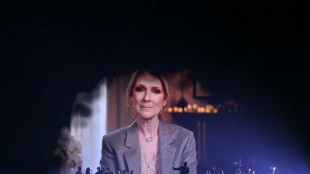
-
 Ramaphosa's talks with Trump chance to reset tattered ties
Ramaphosa's talks with Trump chance to reset tattered ties
-
'Total package' Vardy prepares for 500th and final Leicester appearance


Tourists return but Easter Islanders draw lessons from Covid isolation
During more than two years of the coronavirus pandemic, Easter Island was closed to tourism -- forcing inhabitants to turn to a more sustainable way of life and relearn forgotten skills.
Now that the island's borders are open once again, local people, including the Rapa Nui indigenous population, want to resist the temptation to return to their pre-pandemic lifestyle.
"The time has come that the ancients predicted," Julio Hotus, a member of the Easter Island council of elders, told AFP.
Hotus said the Rapa Nui people's ancestors had warned about the importance of maintaining food independence because of the risk the island faced of one day becoming isolated, but that recent generations had ignored the warnings.
Before the pandemic, the island's food supply was almost exclusively provided by Chile.
Easter Island lies 3,500 kilometers (2,100 miles) off the west coast of Chile and is world renown for its monumental statues of human figures with giant heads, called moai.
With a population of just 8,000, it used to attract 160,000 tourists a year -- "an avalanche" according to Hotus -- but in March 2020 Easter Island closed its borders over Covid.
- No tourists, no income -
Olga Ickapakarati used to sell small stone moai figurines to tourists but once she was left without an income, she turned to agriculture and fishing to survive, just as her ancestors had lived before contact with European explorers.
"We were all left with nothing, we were left in the wind .... but we began planting," Ickapakarati told AFP.
She took advantage of a program that delivered seeds before the island was shut off from the outside world.
Ickapakarati planted spinach, beets, cilantro, chard, celery, basil, pineapple, oregano and tomatoes.
What she didn't eat, she shared with neighbors, just as many families did in creating an island-wide support network.
"All the islanders are like this. They have good hearts. If I see that I have a surplus of something, I give it to another family," said Ickapakarati, who lives with her children and grandchildren.
This new focus on sustainable living does not mean an end to tourism on Easter Island.
Last week, the first airplane of tourists for 28 months landed on the island, to much excitement from the locals desperate to see new faces.
But there will be no immediate return to the two flights a day of yesteryear. There will be just two a week for now, although the number will gradually increase.
Large hotel chains have decided to stay closed.
"We will continue with tourists, but I hope that the pandemic has taught a lesson that we can apply for the future," said Hotus.
- 'Archeological heritage at risk' -
Another thing the pandemic did was to create awareness of the necessity to look after natural resources affected by climate change, such as water and energy. And also the emblematic moais.
Carved from volcanic rock by the Polynesian Rapa Nui people between 1200 and 1500, there are more than 900 on the island, which measures 24 kilometers by 12 kilometers.
The statues can measure up to 20 meters in height and weigh more than 80 tons.
Most remain at the quarry where they were originally carved but many others were carted to coastal areas to look inland, presumably for ceremonial purposes.
The moais have been damaged by heavy rainfall, strong winds and the ocean waves crashing against the statues and their bases, leading to fears for their future.
"Climate change, with its extreme events, is putting our archeological heritage at risk," said Vairoa Ika, the local environment director.
"The stone is degrading" and needs to be protected.
"The problem with the moais is that they are very fragile," added Pedro Edmunds Paoa, the island's mayor, who says the statues' worth is "incalculable."
He said that authorities need to "forget about the tourist" vision and take protective measures, even if that means covering the statues "with glass domes", which would ruin not just the authentic view but also tourists' photographs.
He also wants inhabitants to make maximum use of natural resources and to prioritize locals in employment, while resurrecting the ancestral practise of fostering community solidarity.
"From now on the tourist must become a friend of the place, whereas before they were visiting foreigners," said Edmunds Paoa.
Ch.Kahalev--AMWN